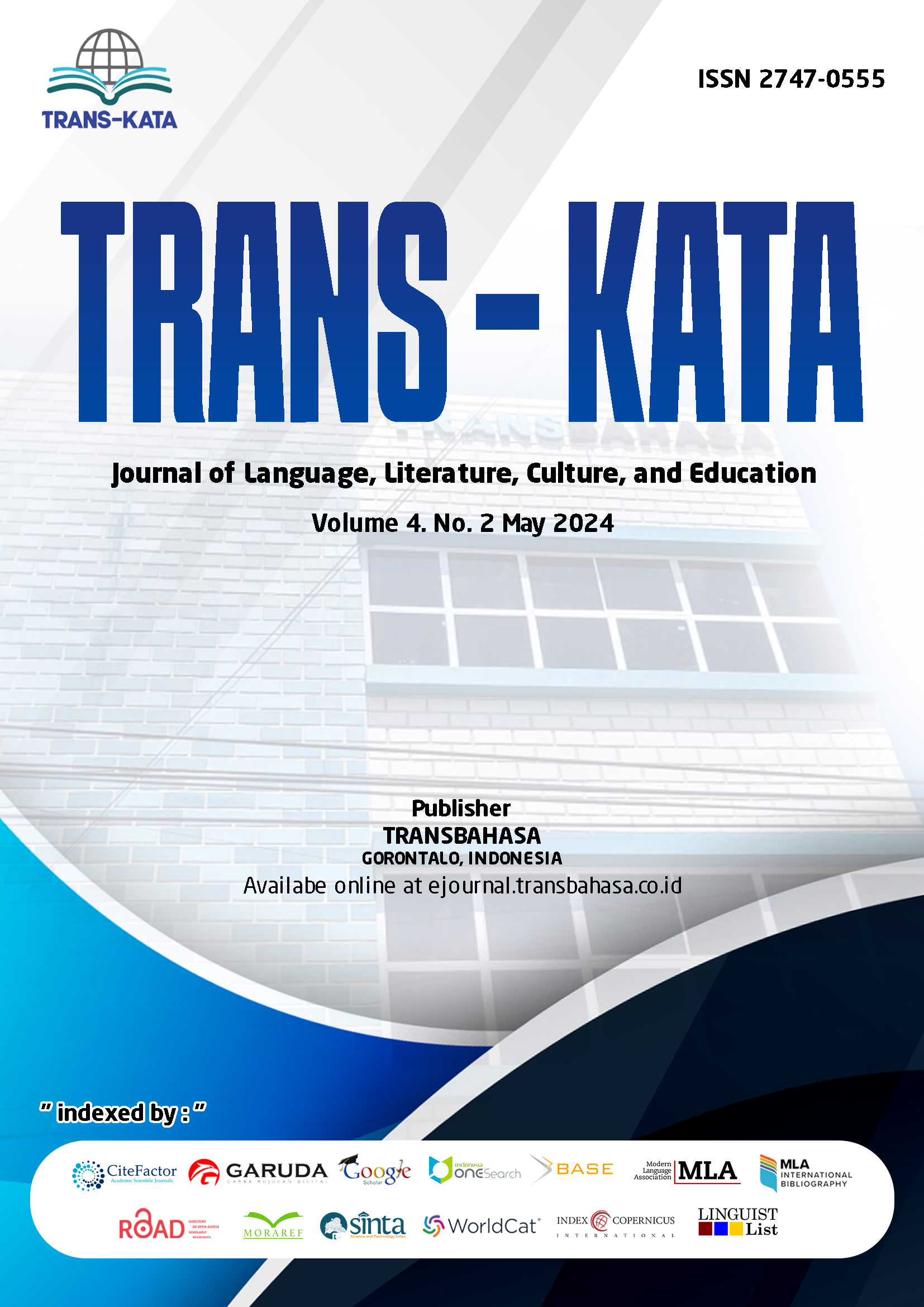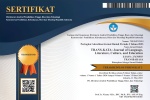Parents as Teachers in Modular Distance Learning: Relationship of Parenting Style and The English Academic Performance
DOI:
https://doi.org/10.54923/jllce.v4i2.72Keywords:
parenting styles, modular distance learning, English academic performance, parents as teachers, PhilippinesAbstract
The purpose of this study was to examine the pupils’ parenting style and their English academic performance during modular distance learning in select two schools in Alamada, Philippines. More so, the study even explored the relationship between socio-demographic characteristics and English academic performance and the relationship between pupils’ parenting style and English academic performance. The researchers chose one hundred twelve Grade VI pupils through stratified random sampling with proportionate allocation. An expert-validated survey questionnaire was used to identify the parenting styles utilized by the respondents, while their English-accumulated grades served as the basis of their academic performance. Based on the result, the majority of them are 10-12 years old, male, Ilonggos, and have parents with high school education. It further revealed that the parenting style experienced by the respondents is authoritative. More so, the English academic performance of the respondents was satisfactory. It also revealed that sex, age, parents’ educational attainment, and the English academic performance of the respondents have a significantly weak relationship. More importantly, the study revealed a significant yet weak relationship between the respondents’ parents’ authoritative and neglectful parenting style and the respondents' academic performance in English. The findings suggest that incorporating authoritative parenting during modular distance learning positively influences the English academic performance of the pupils, emphasizing the importance of parental involvement in shaping educational outcomes in this mode of learning. It is then recommended that parents as teachers should be careful about their parenting style since this ultimately affects their pupils’ academic performance.
Downloads
Downloads
Published
How to Cite
Issue
Section
License
Copyright (c) 2024 Ms. Joy Lynne Soriano, Gideon Sumayo

This work is licensed under a Creative Commons Attribution-ShareAlike 4.0 International License.





